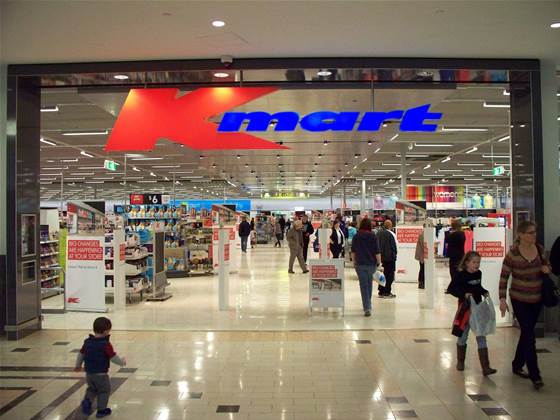When it comes to picking the right merch for the right store, it's a matter of the quick and the dead for mainline retailers as they come under siege from fast fashion brands moving into the mall.

Now Kmart Australia is using real-time data from its point-of-sale to feed machine learning models that predict the style, colour, size and volume of clothes likely to sell at each of its 230 stores.
Chief technology officer Michael Fagan told AWS re:Invent 2019 in Las Vegas that the retailer has built a “next-generation data platform” encompassing an “event-driven data lake” that is collecting real-time data from the point-of-sale.
This data is being fed into machine learning algorithms, with the results affecting how stores are merchandised.
“Our data tells us a lot of stories and tells us a lot about what our customers are doing and what our customers want,” Fagan said.
“Your decision-making can only move at the speed of your data, so if your data is three days or a week out of date, then how can you make real-time decisions with that? So we’re focused on data.”
Fagan said the new data architecture was stood up in AWS and allowed the retailer to skirt a legacy setup where customer and sales data was “trapped inside” monolithic structures.
He said Kmart wanted an “end-to-end view of a customer journey, from the time they begin to interact with us all the way through to post-purchase. So how we attract [them, to] when they're shopping with us, and post-shop, how are we how are we dealing with them?”
The event-driven data lake is the first port of call for real-time data collected at the point-of-sale.
“So on Black Friday and Cyber Monday, we've been able to present a self-service dashboard to merchants and inventory planners where they can actually monitor what's going on throughout the country,” Fagan said.
“Australia is about the size of the US, so in every store around the country, we can monitor real-time what people are doing.
“This time last year [this data] was at least a day out of date, and in some cases, six or seven days out of date.”
Aside from the real-time inventory dashboard, Kmart is also looking to feed its real-time data into artificial intelligence and machine learning services for further insight and value.
“We built an AI proof of concept already, and we're planning a forecast and recommendation engine that's come out of the work that we've done,” Fagan said.
“We have [also] been building our own machine learning models to predict and forecast what people are going to buy and where, in what colours, and what size.
“We've actually been redirecting clothing all around the country in Australia to different stores so that we know that particular colours, sizes and styles sell in different regions … to make sure that we have what customers want, when they want it, how they want it.”


_(22).jpg&h=140&w=231&c=1&s=0)

_(20).jpg&h=140&w=231&c=1&s=0)




_(26).jpg&w=100&c=1&s=0)

 iTnews Executive Retreat - Security Leaders Edition
iTnews Executive Retreat - Security Leaders Edition










_(1).jpg&h=140&w=231&c=1&s=0)



